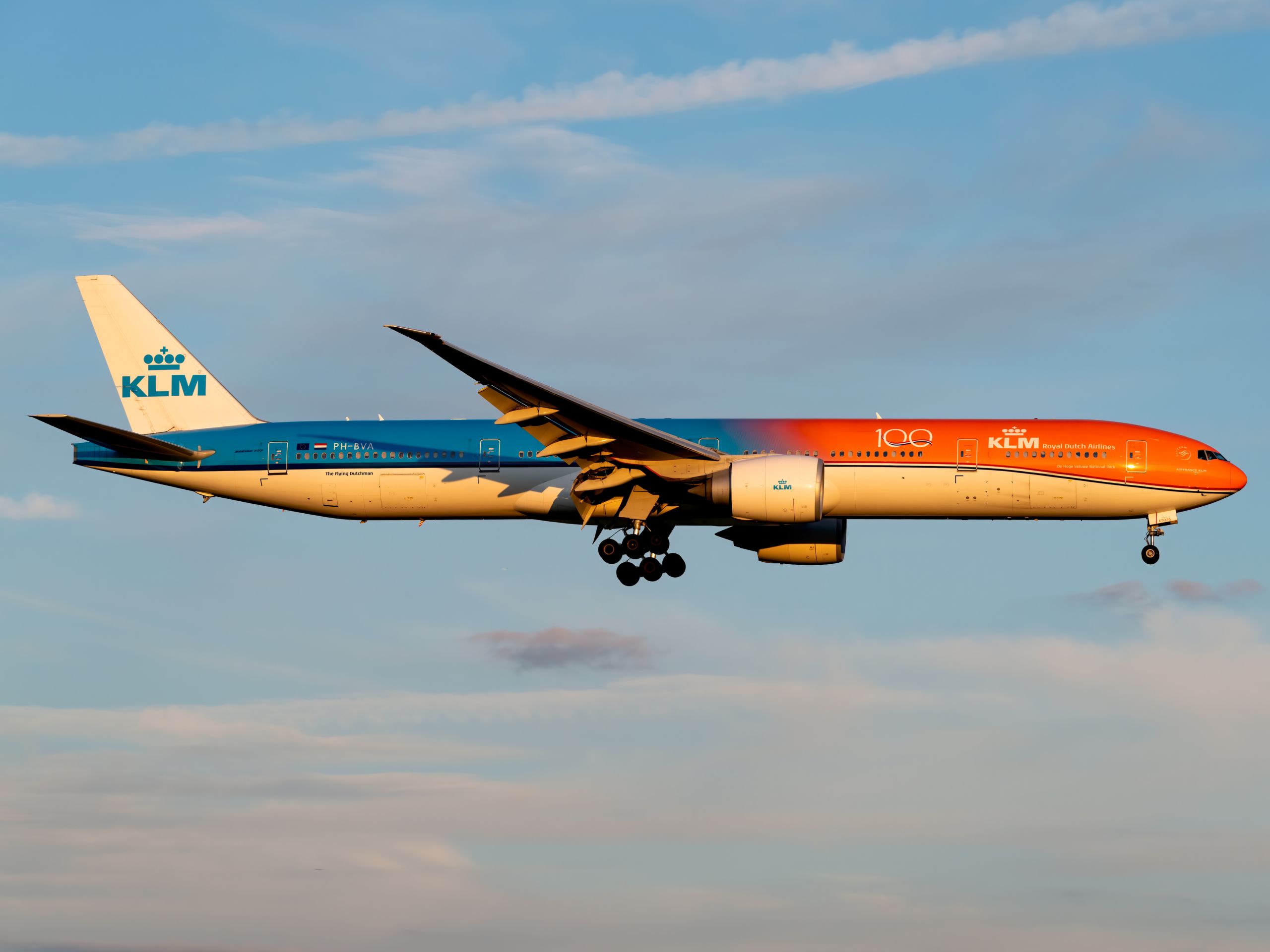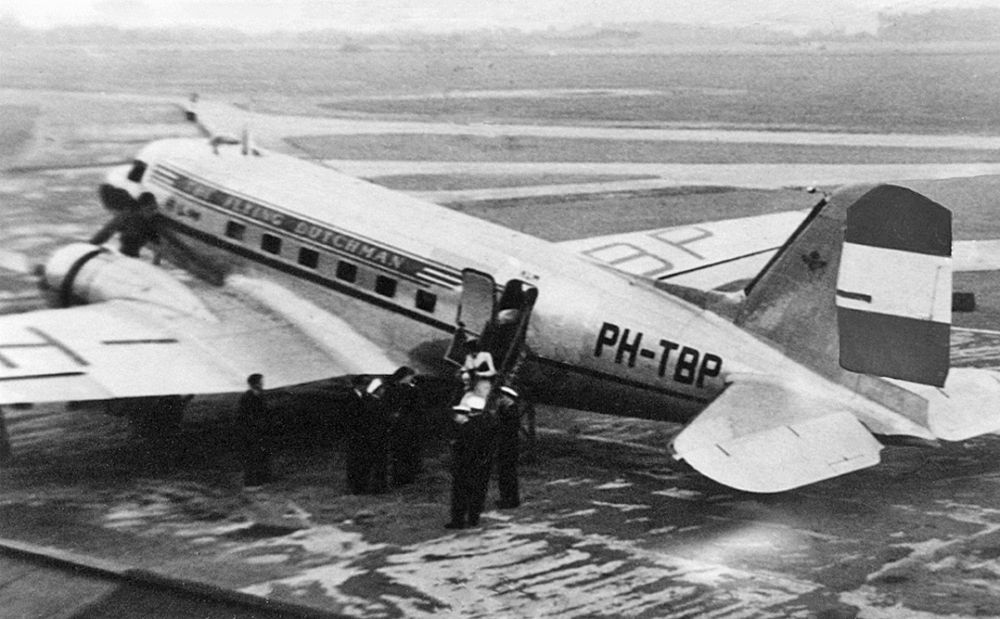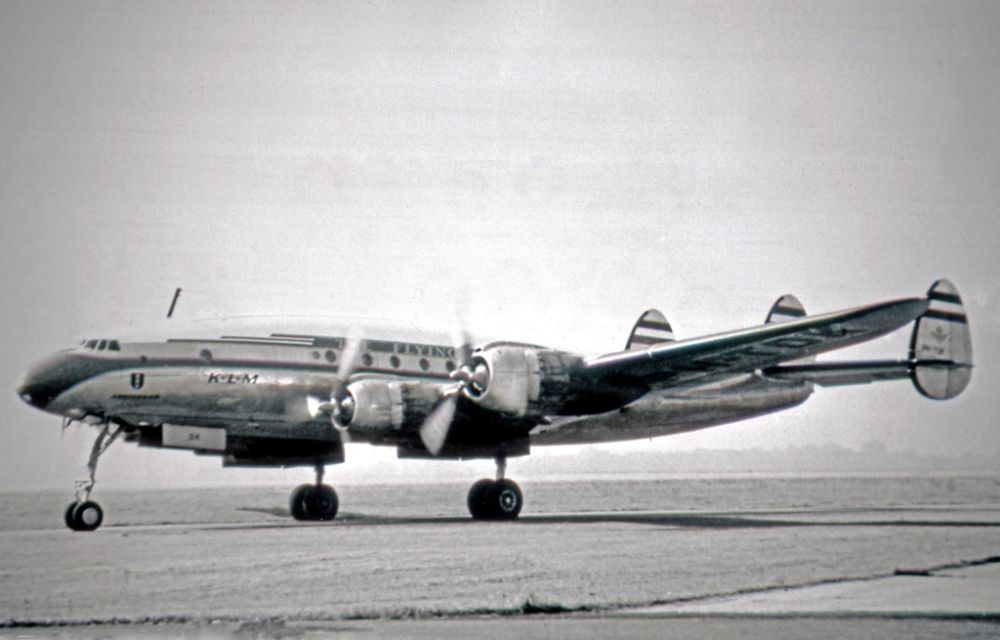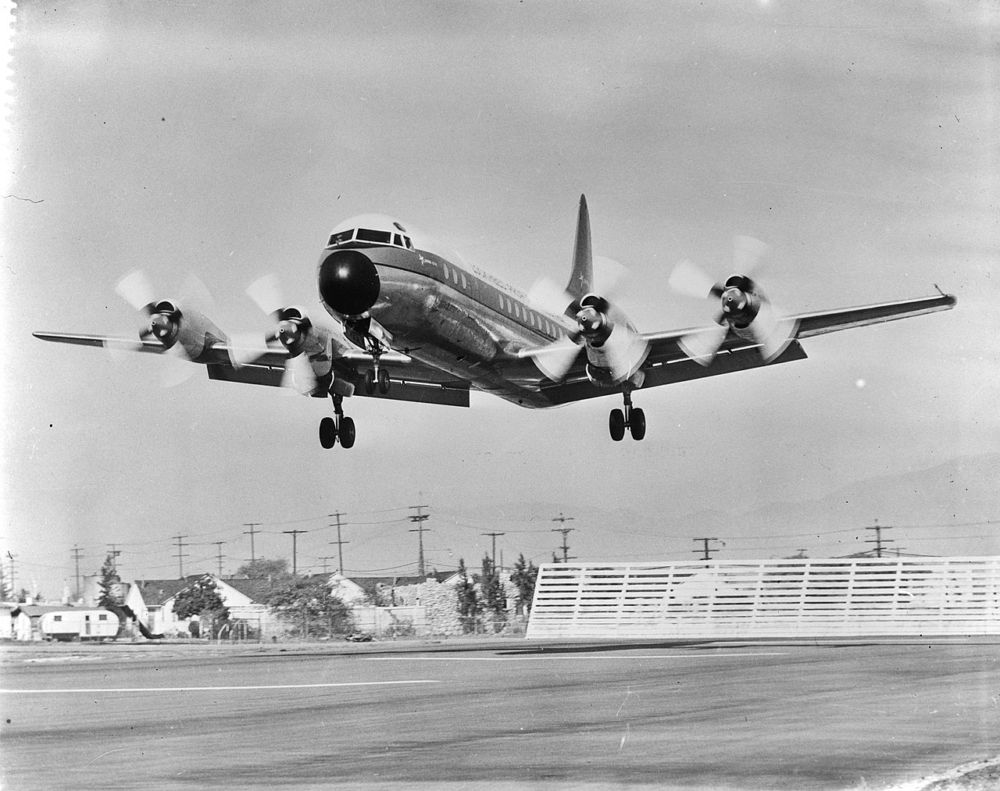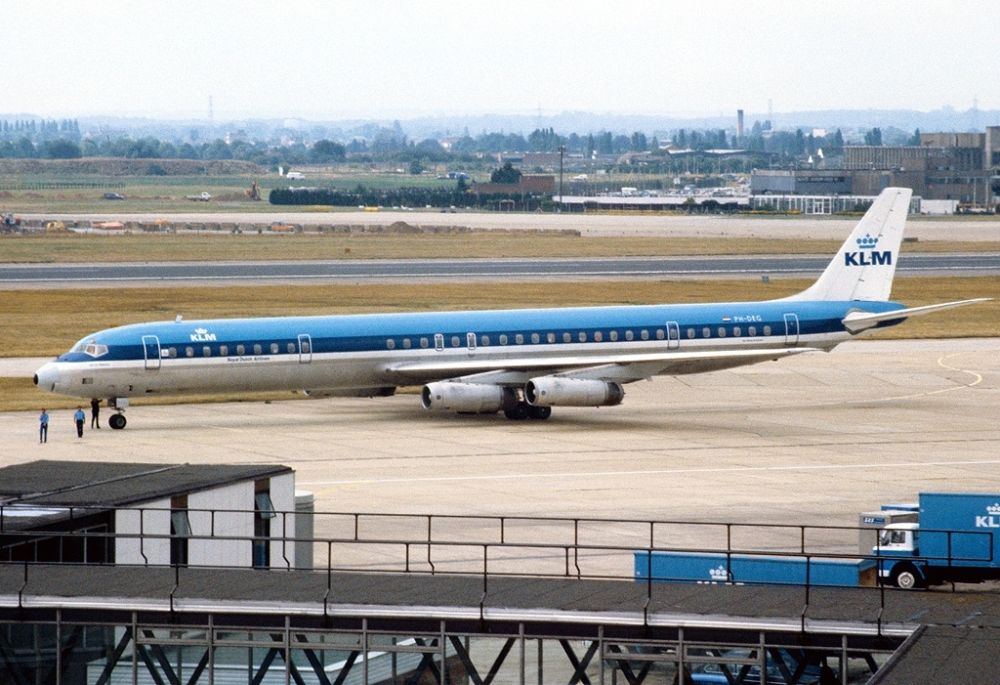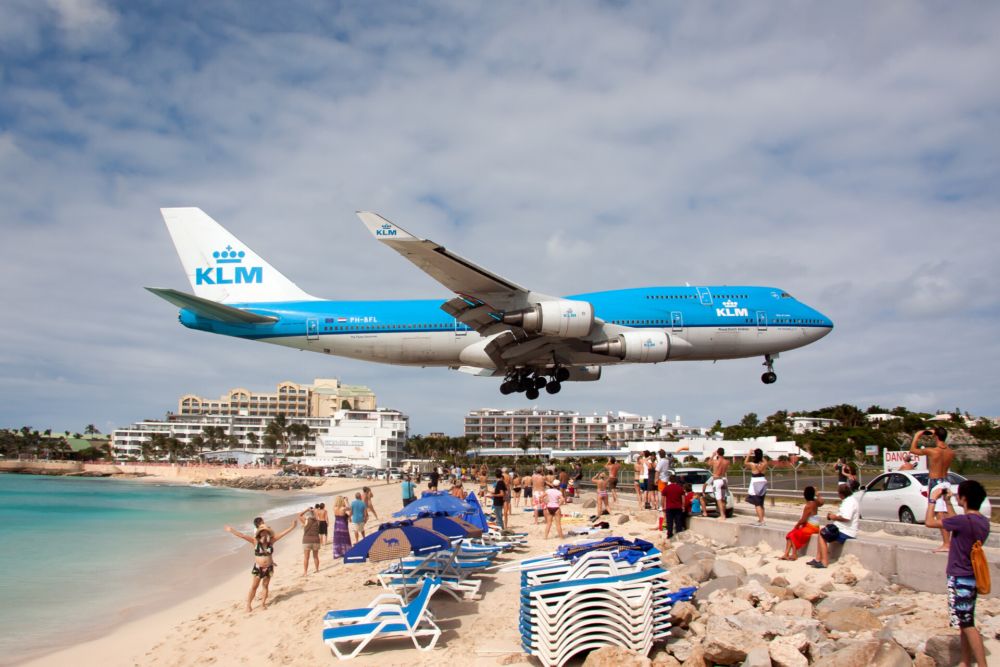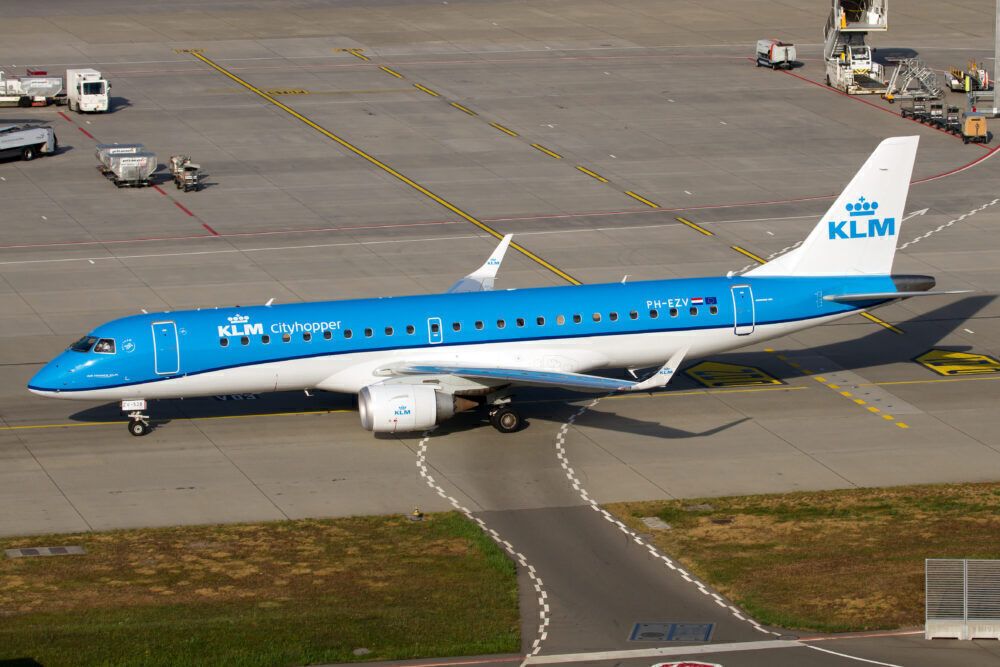Earlier this week, Dutch flag carrier KLM celebrated its 102nd birthday. It was founded on October 7th, 1919, and is the oldest continually operating airline in the world. Here's a look back at the history of the carrier, which is also a key member of the SkyTeam alliance.
In the beginning
KLM, whose full name is Koninklijke Luchtvaart Maatschappij (Royal Aviation Company), was the brainchild of a group of eight Dutch businessmen. At the head of these was Albert Plesman, who, as a young aviator himself, had been a sponsor of Amsterdam's 1919 ELTA aviation exhibition. Plesman was KLM's first director and administrator.
Frits Fentener van Vlissingen was also one of KLM's founders. Otherwise known as Frederik Hendrik, he was a key player when it came to the growth of Dutch transnational corporation SHV Holdings. Following the foundation of the new airline on October 7th, 1919, KLM's first-ever scheduled commercial flight took place less than a year later.
This key milestone ultimately occurred on May 17th, 1920, when pilot Jerry Shaw flew an Airco/De Haviland DH-16 from Croydon to Amsterdam. Just two passengers, a pair of British journalists, were onboard. Last year, KLM marked the 100th anniversary of this service with a commemorative Boeing Stearman flight from Breda to Amsterdam Schiphol.
Stay informed: Sign up for our daily and weekly aviation news digests.
Interwar growth
The rest of 1920 saw KLM carry a total of 440 passengers and 22 tons of cargo. Following this solid start, it took a break over the winter, before taking to the skies once again in April 1921. By this time, it had begun using Dutch Fokker F.II and F.III aircraft.
Scheduled services began in the same year, and, in 1924, KLM began adding intercontinental routes to its repertoire. The first of these served Jakarta using a Fokker F.VII. However, these flights didn't become a regular fixture until 1929. Nonetheless, until the outbreak of the Second World War, it was the longest scheduled commercial flight in the world.
KLM also experienced European growth during the interwar period. By the middle of the decade, it had added the Fokker F.III to its fleet. Alongside the existing F.II, these aircraft served destinations such as Bremen, Copenhagen, and Malmö, before the Second World War prompted KLM to curtail its European growth in favor of Caribbean operations.
Post-war expansion
The post-war era was a key time for KLM in terms of rebuilding and expansion. The airline made history in 1946 when it began using the Douglas DC-4 to fly from Amsterdam to New York. This made it the first European carrier to do so. By the end of the decade, it was able to restart other intercontinental services to Africa, South America, and the Caribbean.
KLM's fleet also began to diversify during this time. As seen above, the post-war era heralded the arrival of the Lockheed Constellation at KLM. This, alongside the Douglas DC-6, offered pressurized cabins on the airline's longer-haul flights. Within Europe, KLM also began to deploy the Convair CV-240, which also boasted a pressurized cabin.
The jet age
KLM's founder and President Albert Plesman died aged 64 in December 1953. Nonetheless, under the new leadership of Fons Aler, the airline's growth was able to continue, and it entered the jet age in 1960. This was when it acquired its first Douglas DC-8 quadjet, although the '60s weren't a straightforward decade, instead being marred by years of losses.
In the mid-1960s, the Dutch government's stake in KLM was reduced to a minority of 49.5%. This allowed it to operate as a private airline, and, shortly after, it began deploying the Douglas DC-9 on shorter routes within Europe and to the Middle East. The decade ended with KLM taking on the 244-seat DC-8-63, but larger aircraft were on the horizon.
Specifically, the 1970s saw KLM add widebody aircraft to its fleet, in the form of the Boeing 747 and McDonnell Douglas DC-10. It also later added the newer McDonnell Douglas MD-11. The view of KLM's majestic widebodies landing over the beach in St Maarten became one of the most iconic and recognizable sights in the history of commercial aviation.
KLM today
Today, KLM makes up half of one of Europe's leading airline partnerships, namely the Air France-KLM group. Interestingly, the two airlines, which are also both Skyteam members, share the same birthday - the French flag carrier was founded on October 7th, 1933.
Simple Flying recently took a look at the different aircraft that make up KLM's fleet. According to data from ch-aviation.com, this currently consists of 162 aircraft, including the 53 Embraer jets that operate its regional 'Cityhopper' services. On its mainline routes, KLM flies aircraft from the Airbus A330 and Boeing 737, 777, and 787 families.
102 not out
So how exactly did KLM celebrate its 102nd birthday? The Dutch flag carrier like a good anniversary celebration, and famously painted one of its Boeing 787 Dreamliners in a commemorative livery when it turned 100 years old back in October 2019.
As it happens, the airline marked the occasion in textbook fashion, by launching a new Delft Blue house that resembles Amsterdam's Tuschinski Theatre. These models have become sought-after collector's items, following KLM's decision to gift them to long-haul business class passengers back in 1952. KLM's President and CEO Pieter Elbers stated:
"Like KLM, the Tuschinski has a long history. Abraham Tuschinski's philosophy [of] creating a warm sense of home and giving customers a memorable experience is what KLM stands for too. The Tuschinski Theatre is a beautiful addition to the KLM collection of Delftware miniature houses."
Happy 102nd birthday, KLM! What are your favorite memories of flying with the Dutch flag carrier? Let us know your thoughts and experiences in the comments.

